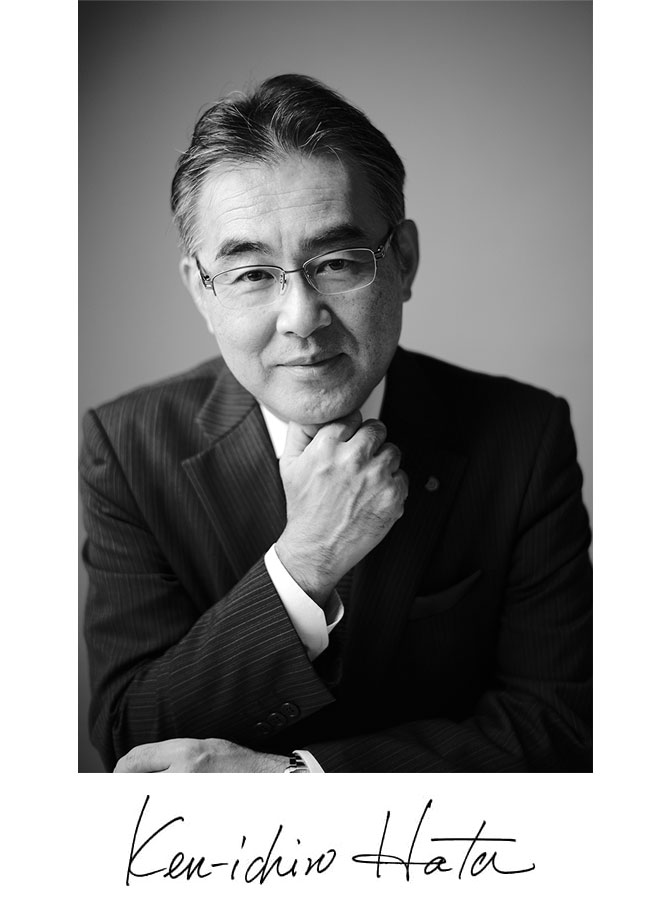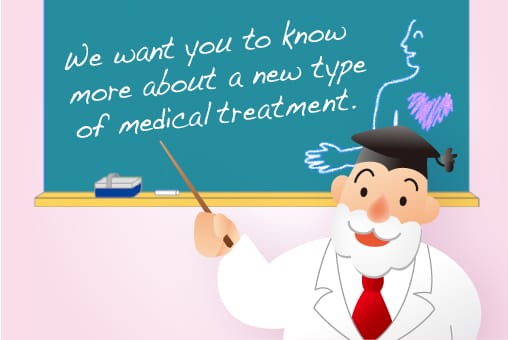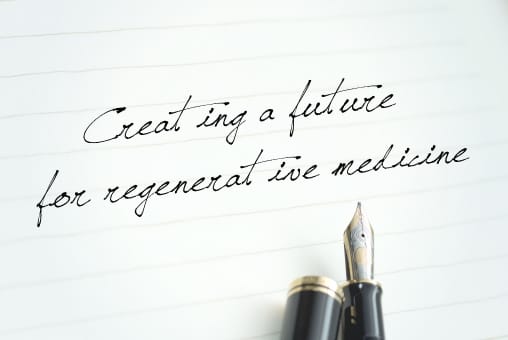Nov. 1, 2021[INSIDE REGENERATIVE MEDICINE]
The Thought That Has Run Through My Experience With Regenerative Medicine

In all my years in regenerative medicine, there is one thought that has run through my experience as a constant. Before I tell you what it is, let me say a bit about this field.
Regenerative medical products are needed as treatment by many patients, but many hurdles stand in the way of their use spreading widely to the general population. Whomever I speak to, I find that the significance of regenerative medicine is recognized by all. After conducting research and development, we received marketing approval, and we are now at the stage of actually culturing and manufacturing these products. When marketing the products, we must explain how to use them to doctors. We then ask the doctors about their experience using the products, and we search for even better ways of using them. It is interesting, but it is also difficult, and it requires a lot of time and patience. Each time, I feel that this is an odd area that does not make progress by leaps and bounds like other recent technologies.
Perhaps this is owing to the composite nature of regenerative medicine. Regenerative medicine is both a medical technology and a field that handles products that are the culmination of advanced biotechnology that deals with living things called cells. And because these products are close to pharmaceuticals and medical devices, strict regulatory compliance is necessary. In addition to a complex combination of many ingredients, they required special machinery and technologies for manufacture. For this reason, the product cost becomes very high. If the products use the patient’s own cells, they represent the ultimate in tailor-made medicine. Not only does this add to the cost, but it also imposes no ordinary degree of pressure, because there is absolutely no room for failure in manufacture.
In 1993, Dr. Langer and Dr. Vacanti, who defined tissue engineering1, called it an interdisciplinary field that combines features of biology and engineering. But that is not all. I am keenly aware that this interdisciplinary field encompasses a truly wide range of elements, including medical treatment, industry, and the regulatory system. Who should be the ones to promote the advancement of this overwhelmingly complex field? We must enlist the assistance of a great number of people in order to make this complex and difficult field a reality. We have gained a lot of experience, but it is still the tip of the iceberg. I would like to take this opportunity to talk to you all about various things, and to create the world of regenerative medicine together with you all.
So here is the thought that has run through my experience with regenerative medicine: If we are to go beyond merely making products.... if we are to create an entire regenerative medicine culture, then we will need “someone” who can engage in dialog with all the persons involved and summarize the conversation.
November 1, 2021
Glossary
1 Tissue Engineering
In order to make tissue engineering a reality, three elements are necessary: living cells, artificially created materials and physiologically active substances, which affect cells and living organisms.




